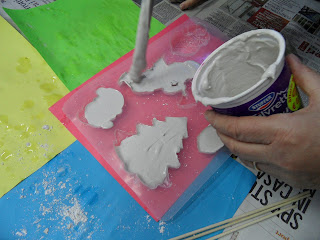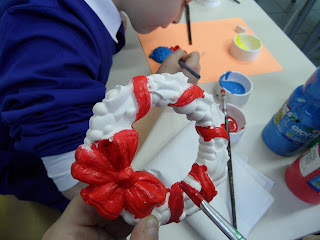Our school is
located in a hilly region, where olive oil is one of the main
agricultural products and also a is a fundamental ingredient in our
diet.
As agrarian school, we have both a science lab and a
panel test lab for virgin oil analysis, where we test its
characteristics and assess its quality.
Olive oil is obtained through the cold squeezing of
olives. It has various recognized positives characteristics: it's
excellent for child alimentation because it has acid composition
similar to maternal milk and it's composed predominantly of fat acid.
It is at the basis of Mediterranean cuisine, whose healthy value is
praised everywhere. In our laboratory we analyse organoleptic
characteristics, including acidity.
In southern Italy olive trees are very common and
they are part of the landscape, In each region there are different
varieties of plants, from which the different characteristics of the
oil. The plantations on the Adriatic side are very large, so other
plants are cultivated in the same land, from which derive different
flavours: in fact oil takes on the flavour of the surrounding plants.
The harvest begins around 10th November to avoid low
temperatures and there are many harvesting techniques, their
differences depend on type of plants but in past the harvesters used
to collect the olives in a basket fastened to their waist. Nowadays
we use modern equipment like mechanic olive harvester and the olives
fall on a net that allow comfortable harvest.
Our classmate Ruben comes from Raiano, a
village situated in the centre of Abruzzo, in the province of
L'Aquila, precisely in the Peligna Valley. It was an important
stretch on the road of the transhumance. The population, mainly
composed of small farmers, still relies on agriculture and sheep
grazing. The predominant cultivation of Raiano is the olive and many
plants are hundreds of years old. His grandad says that some of the
olive trees date back to 1600.
Teacher Maria Cristina Nativio
Istituto Tecnico Agrario di Alanno












